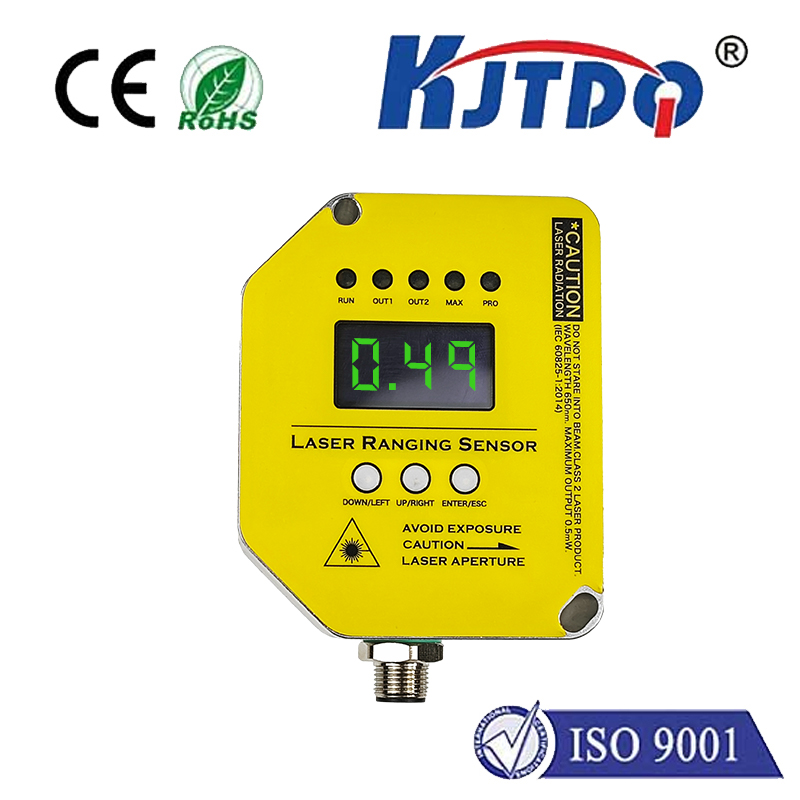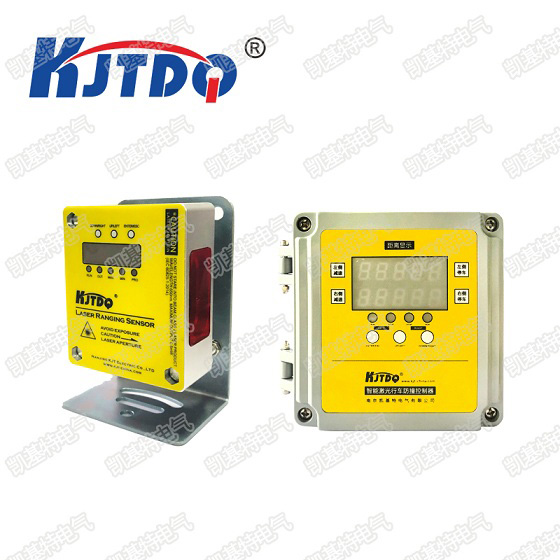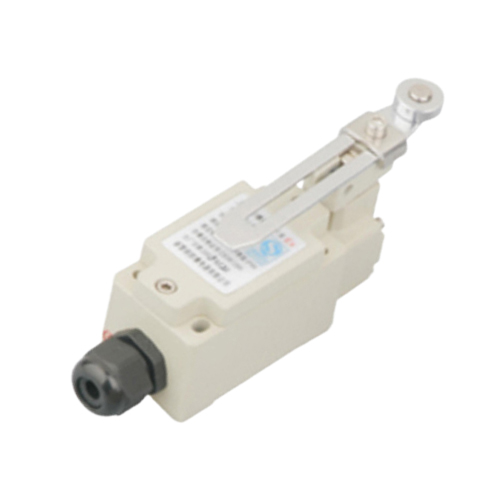simbol proximity
- time:2025-06-28 02:02:41
- Click:0
Symbol Proximity: The Unseen Design Force Defining User Experience
Ever clicked the wrong button because the icon seemed attached to the wrong label? Or struggled to pair a form field with its instructions? These common frustrations often stem from a subtle yet crucial design principle: symbol proximity. Understanding and mastering this concept isn’t just about aesthetics; it’s fundamental to clarity, usability, and ultimately, the success of your digital products and communication.
What Exactly is Symbol Proximity?
In its simplest form, symbol proximity refers to the spatial relationship between visual symbols (like icons, images, logos, or abstract shapes) and the associated text or other elements they represent. It governs how closely related elements are placed relative to each other on a page, screen, or any visual medium. This isn’t about the symbols themselves, but about how their relative positioning influences perception and understanding.
The core principle leverages our innate psychological tendency: we perceive objects that are close together as belonging to the same group or being related. Conversely, items spaced further apart are seen as separate or unrelated. This is a foundational concept from Gestalt psychology, specifically the law of proximity (“Elements close to each other tend to be perceived as a unified group”).

Why Does Symbol Proximity Matter So Much?
Ignoring symbol proximity creates friction and confusion:
- Misinterpretation & Ambiguity: Placing an icon equidistantly between two labels makes it unclear which one it belongs to. Is the trash can icon for “Delete File” or “Empty Folder” below it? Poor proximity creates guesswork.
- Increased Cognitive Load: Users expend valuable mental energy deciphering relationships that should be immediately obvious. This slows them down, causes frustration, and can lead to abandonment. Effective proximity reduces friction.
- Functional Errors: The direct consequence of ambiguity is user error. Clicking the wrong button, submitting incomplete forms, or misunderstanding navigation stems directly from unclear grouping.
- Diminished Trust and Professionalism: A layout where symbol-text relationships are ambiguous looks sloppy and unprofessional, eroding user confidence in the overall product or brand.
The Mechanics of Visual Grouping in Web Design
Symbol proximity is essential in numerous web and UI design contexts:
- Icon + Label Pairing: This is the most frequent application. The icon should be positioned significantly closer to its own label than to any neighboring label. Consistent spacing (padding) around the icon+text group creates a clear visual unit. Think navigation menus, toolbars, or feature lists.
- Form Fields & Labels: Labels must be positioned much closer to their corresponding input field than to the field above or below. Right-aligned labels directly adjacent to the field, or top-aligned labels immediately above, create the strongest connection. Avoid floating labels that lack clear proximity cues until interaction.
- Call-to-Action (CTA) Buttons: Elements reinforcing the CTA (like an arrow icon or a security badge) must be positioned intimately with the button text, not floating ambiguously nearby. This reinforces the button as a single, unified interactive element.
- Inline Icons & Links: Icons placed within sentences need careful proximity management. They should sit snugly with the specific word or phrase they modify, avoiding awkward gaps that break the text flow or create ambiguous associations.
- Data Visualization: In charts and graphs, data labels, legends, and symbols must adhere to strict proximity rules to accurately represent relationships. A label too far from its data point renders the visualization confusing.
- Image Captions & Attributions: Captions need to be visually tied to their respective images through close placement, distinguishing them from captions belonging to other images nearby.
Achieving Optimal Symbol Proximity: Practical Design Guidelines
Implementing effective symbol proximity demands intentionality:
- Define Clear Relationships First: Before placing elements, identify what belongs together. What icon goes with what text? What label describes which field? Clarity in purpose precedes spatial arrangement.
- Establish the Goldilocks Zone: Find the “just right” distance. Elements that belong together should be noticeably closer than elements that do not. Use consistent spacing within groups and significantly larger spacing between different groups. This contrast is key. White space is your strategic ally.
- Prioritize Consistency: Maintain uniform spacing for similar relationships across your entire interface. If icons are 8px from their labels in one section, replicate this elsewhere. Consistency builds intuitive understanding.
- Visual Rhythm and Alignment: Alignment (left, right, center) helps reinforce grouping established by proximity. A consistent visual rhythm created by repeating proximity patterns aids scannability.
- Test Relentlessly: Don’t rely solely on the designer’s eye. Conduct usability testing (even simple hallway tests). Observe if users instantly understand the relationships between symbols and text. Are there hesitations or misclicks? Testing reveals proximity flaws invisible on the mockup.
- Maintain Accessibility: Avoid relying solely on proximity to convey meaning, especially for screen reader users who navigate linearly. Ensure programmatic association (like using
aria-labelledby for icons) and semantic HTML (correctly pairing with form elements).
Beyond Mere Decoration: Proximity as a Foundational Pillar
Symbol proximity is far more than a minor layout detail. It is a fundamental principle of visual communication and user interface design. By consciously manipulating the spatial relationships between symbols (especially icons and images) and their associated text or controls, designers wield immense power over user comprehension, task efficiency, and overall satisfaction. Mastering this subtle force transforms ambiguity into clarity, frustration into flow, creating interfaces where users feel effortlessly understood and empowered. In the intricate dance of human-computer interaction, proximity is the silent choreographer ensuring every step lands precisely where the user expects.















